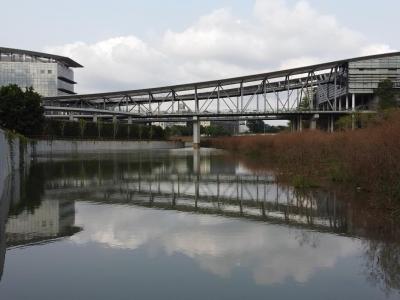Computer Vision
Sequential skeleton and average foot pressure data for normal and five pathological gaits (i.e., antalgic, lurching, steppage, stiff-legged, and Trendelenburg) were simultaneously collected. The skeleton data were collected by using Azure Kinect (Microsoft Corp. Redmond, WA, USA). The average foot pressure data were collected by GW1100 (GHIWell, Korea). 12 healthy subjects participated in data collection. They simulated the pathological gaits under strict supervision. A total of 1,440 data instances (12 people x 6 gait types x 20 walkings) were collected.
- Categories:
 3658 Views
3658 ViewsThis is a unique energy-aware navigation dataset collected at the Canadian Space Agency’s Mars Emulation Terrain (MET) in Saint-Hubert, Quebec, Canada. It consists of raw and post-processed sensor measurements collected by our rover in addition to georeferenced aerial maps of the MET (colour mosaic, elevation model, slope and aspect maps). The data are available for download in human-readable format and rosbag (.bag) format. Python data fetching and plotting scripts and ROS-based visualization tools are also provided.
- Categories:
 896 Views
896 ViewsWe design a solution to achieve coordinated localization between two unmanned aerial vehicles (UAVs) using radio and camera perception. We achieve the localization between the UAVs in the context of solving the problem of UAV Global Positioning System (GPS) failure or its unavailability. Our approach allows one UAV with a functional GPS unit to coordinate the localization of another UAV with a compromised or missing GPS system. Our solution for localization uses a sensor fusion and coordinated wireless communication approach.
- Categories:
 477 Views
477 ViewsThere is an industry gap for publicly available electric utility infrastructure imagery. The Electric Power Research Institute (EPRI) is filling this gap to support public and private sector AI innovation. This dataset consists of ~30,000 images of overhead Distribution infrastructure. These images have been anonymized, reviewed, and .exif image-data scrubbed. EPRI intends to label these data to support its own research activities. As these labels are created, EPRI will periodically update this dataset with those data.
Update: July 2022
- Categories:
 2258 Views
2258 ViewsThe Dasha River dataset was collected by a USV sailing along the Dasha River in Shenzhen, China. Visual images in the dataset were extracted from two videos taken from a USV perspective, with a resolution of 1920×1080 pixels. Totally 360 images were obtained after screening, and all labels were manually annotated.
- Categories:
 337 Views
337 Views





